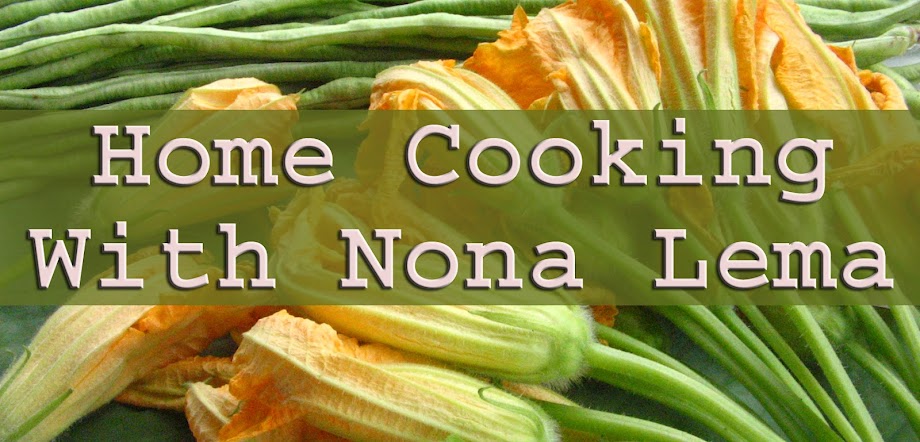Lomi is a popular Filipino-Chinese noodle soup dish. 'Lomi haus' or 'lomian' is an eating place that specializes in lomi. There are as many versions of cooking lomi as there are 'lomi hauses'.
There are also variations in different regions but the most popular is Batangas lomi, originally made with pork or chicken, kikiam, ham and meatballs with sawsawan (dip) of soy sauce, calamansi and chilis. There are 'lomi hauses' all over Batangas province.
Pancit lomi as well as pancit mami are very much part of my childhood. My dad used to bring us to the famous Ling Nam Chinese restaurant in Chinatown, Manila just to enjoy eating a satisfying bowl of these noodle soups with matching hot Chinese tea.
The best lomi are the ones made by Chinese restaurants. Here is my vegetarian version of lomi.
For best results, I wash lomi noodles twice or thrice with boiled water before mixing with the soup stock. This removes that acrid taste in the noodles caused by too much lye.
Ingredients:
1/2 k lomi noodles
1 block tofu (250 g) or 4 pcs tokwa (fried, sliced thinly)
2 Tbsp kinchay or kuchay (or celery)
2 Tbsp leeks or spring onions
(or 1 tsp garlic and 2 Tbsp onions)
2 Tbsp butter
salt, pepper
seasoning, soy sauce
soy patis
Vegetable Stock:
carrots, potatoes, celery, mushrooms, patola, sayote, leeks, cauliflower
(any combination or all of the vegetables)
2. Prepare vegetable stock: Combine a small amount of any or all of the vegetables. Boil in enough water and blend.
3. In a separate pan, sauté leeks or spring onions, or garlic and onions in butter. Add seasoning. Add vegetable stock and soy patis. Boil.
4. Add lomi noodles. Cover and cook. Remove from heat. Sprinkle with pepper and chopped kuchay or kinchay. Add fried tofu or tokwa. Serve very hot.
For a FREE downloadable copy of my GULAY ebook 1, pls check the link: https://www.smashwords.com/profile/view/nonalema
Pls like my page: https://www.facebook.com/NonaLema/
PLEASE SHARE:
3. In a separate pan, sauté leeks or spring onions, or garlic and onions in butter. Add seasoning. Add vegetable stock and soy patis. Boil.
4. Add lomi noodles. Cover and cook. Remove from heat. Sprinkle with pepper and chopped kuchay or kinchay. Add fried tofu or tokwa. Serve very hot.
For a FREE downloadable copy of my GULAY ebook 1, pls check the link: https://www.smashwords.com/profile/view/nonalema
Pls like my page: https://www.facebook.com/NonaLema/
PLEASE SHARE:


